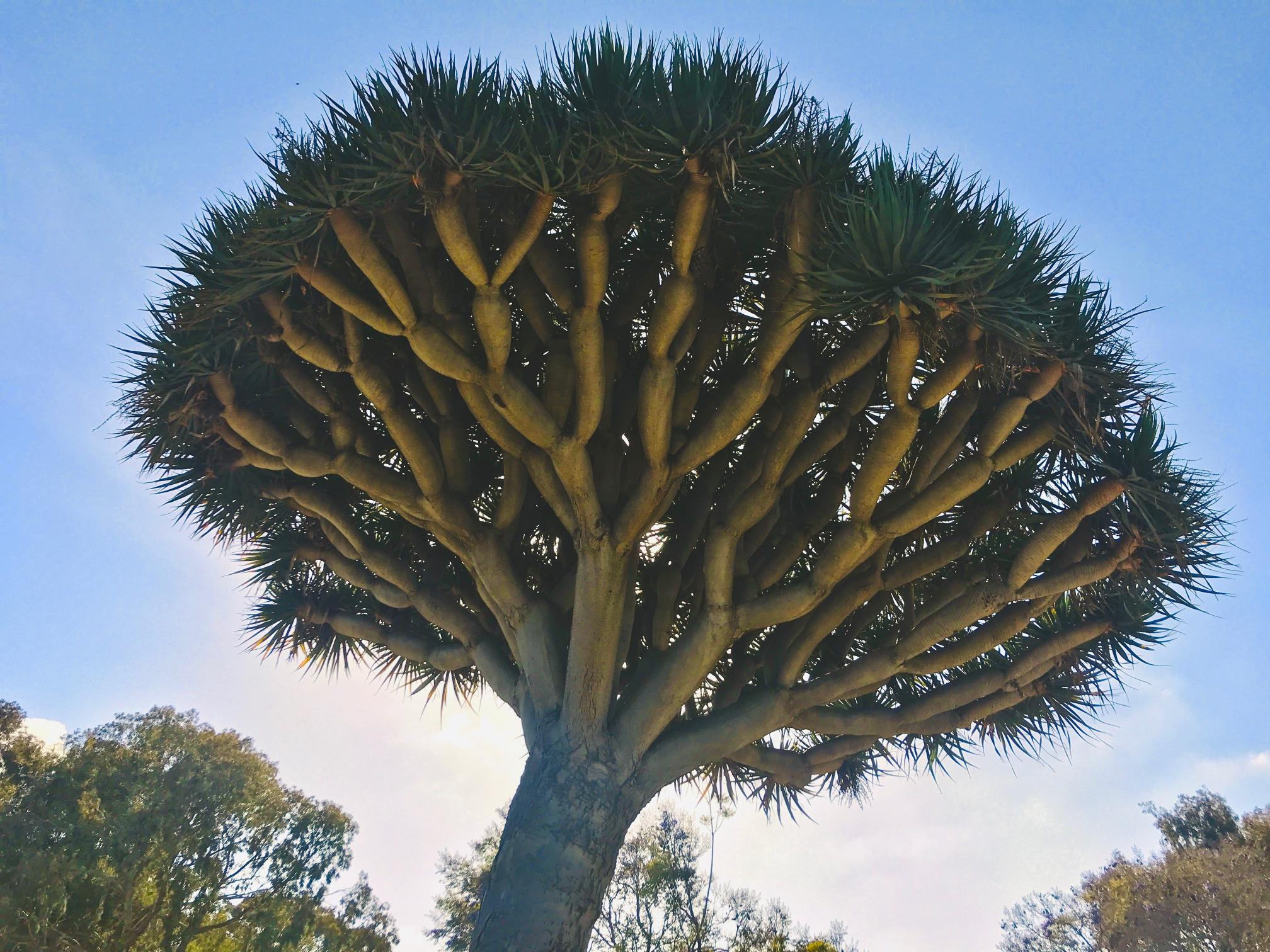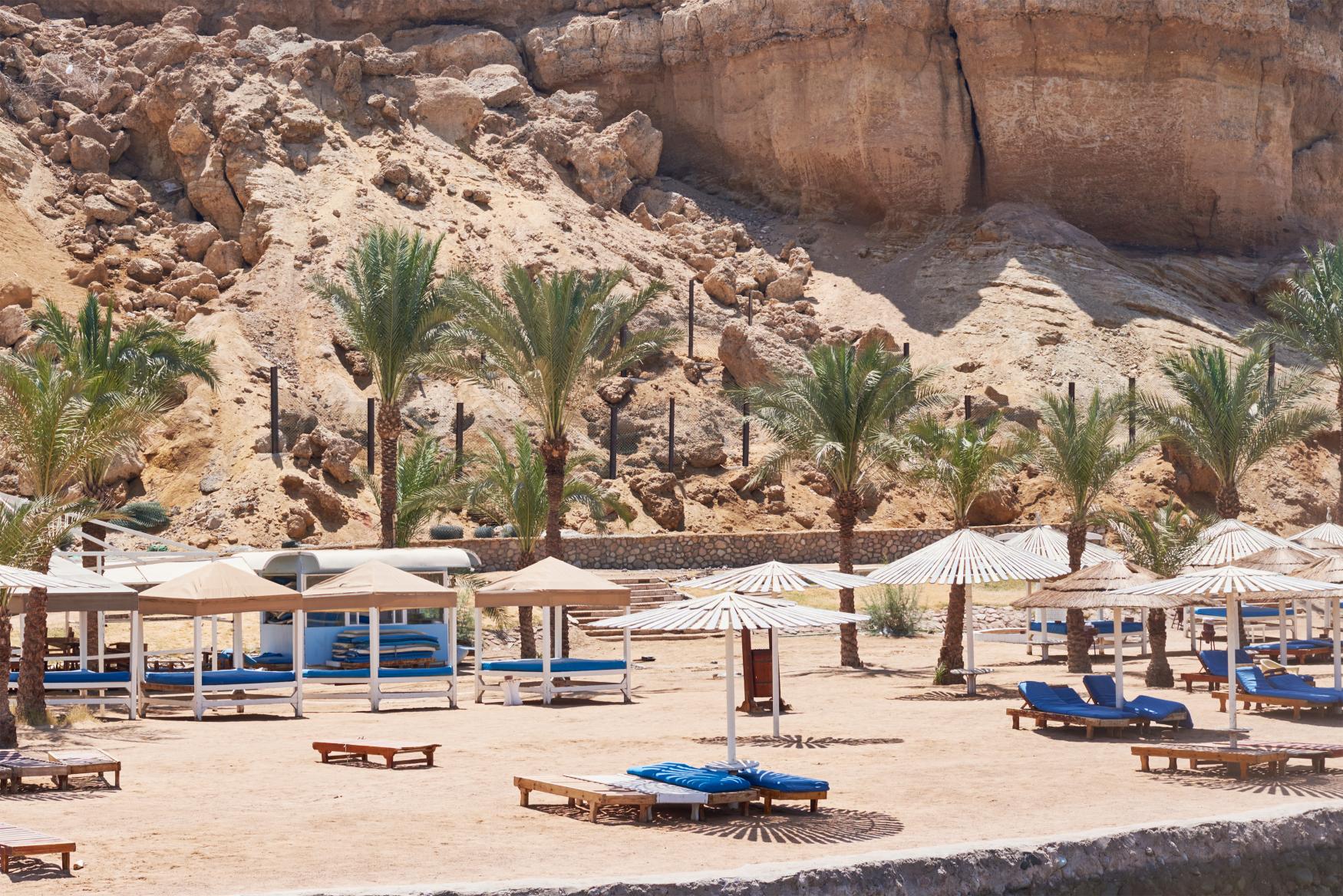
The Rare Trees in Egypt
The Story of Egypt's Secret Forest and the Silent Guardians
Think Egypt is all sand and pyramids? Think again! Beyond the iconic monuments, a secret world of rare and resilient trees thrives, painting the landscape with unexpected shades of green. These aren't just any trees; they're desert survivors, coastal guardians, and living testaments to nature's tenacity.
Trees in Egypt
Egypt’s trees were once sacred symbols woven deeply into its culture and religion. The mighty sycamore held a vital role in ancient life, its wood crafted into coffins, furniture, and everyday tools. Today, however, these historic trees are under threat. Sycamores have become increasingly rare, and the revered Persea tree has disappeared entirely from Africa.
Imagine wandering through mangrove forests clinging to the Red Sea coast, encountering ancient dom palms with their distinctive branching crowns, or finding refuge beneath hardy acacia trees scattered across Egypt’s arid landscapes. We're taking you on a journey to uncover Egypt’s hidden botanical treasures, revealing the stories behind these remarkable trees and the challenges they now face.
Beyond their cultural legacy, these trees play crucial roles in fragile ecosystems, offering shelter, stabilizing soils, and supporting biodiversity. They are living reminders of Egypt’s incredible natural heritage, a side of the country few travelers ever see.
Join us as we explore Egypt’s hidden green gems and rediscover the timeless bond between nature, history, and the land.
The Sacred Legacy of Trees in Egypt
Trees were living symbols of sacred power in ancient Egyptian civilization. Their significance reached far beyond practical use in a harsh desert landscape; they forged powerful connections between the mortal world and the divine.
The Sacred Trees in Egypt
The sycamore fig (Ficus sycomorus) held a profound religious importance in Egypt as early as the third millennium BC. Ancient Egyptians affectionately called it the "tree of love," and its fruit, twigs, and wood adorned tombs throughout the Early, Middle, and Late Kingdoms.
Sacred trees often embodied Egyptian deities in physical form. The sycamore, in particular, symbolized several goddesses:
- Hathor, known as the "Lady of the Sycamore"
- Nut, the sky goddess
- Isis, revered as the "Mother of Horus"
Sacred connections flourished
Other sacred connections flourished too: Horus was linked to the acacia, Osiris to the willow, and Ra to the sycamore.
These bonds went beyond symbolism; Egyptians believed the goddess dwelled within the tree itself. Artists often depicted her with a woman's torso emerging from the trunk or arms stretching from its branches to nourish the deceased.
The sycamore's everyday benefits only deepened its sacredness. Its dense canopy offered vital shade, while its figs helped lower blood sugar levels. Its latex soothed skin ailments, its leaves fed livestock, and its durable wood became furniture and coffins.
The sycamore also held a vital place in funerary practices. In the Book of the Dead, "two sycamores of turquoise" stood at heaven's eastern gate, where the sun god Ra rose each morning.Worshipping the tree helped ease the soul’s passage to the afterlife, and burial in wooden coffins symbolized a return to the nurturing embrace of the mother tree goddess.
Once flourishing in nearly every Egyptian village, today only a few hundred sycamore specimens remain a quiet testimony to environmental decline and the fading of a deeply spiritual heritage.
The Rare Tree in Egypt
Egypt’s landscape holds an incredible variety of rare and unique tree species, many of which now stand at the brink of extinction. Recent studies reveal that around 61% of Egypt’s native trees are at risk of disappearing due to land use changes, climate change, and human activities.
What Unique Trees are in Egypt?
The Nubian dragon tree (Dracaena ombet) stands among Egypt’s most distinctive and endangered species, earning a place on the IUCN Red List. It grows mainly on the highest slopes of Gebel Elba National Park, with scattered populations across northeastern Africa. Today, healthy populations survive only in hard-to-reach areas, especially around the rugged Aedieb Hills.
Sinai’s St. Catherine Protected Area
In South Sinai’s St. Catherine Protected Area, Rosa arabica, a critically endangered plant found nowhere else on Earth, clings to survival alongside Primula boveana. Both species face ongoing threats as habitat quality and population numbers continue to decline.
Meanwhile, the Serapium Forest project offers a glimpse of hope. This 200-hectare plantation demonstrates how unique trees can thrive in desert conditions. Eucalyptus trees there grow at a rate four times faster than German pine plantations, highlighting the potential for sustainable forestry even in arid landscapes.

The Unique Plants in Egypt
Egypt is home to roughly 45 rare endemic plant species, with 11 now facing the threat of extinction due to climate change. These species have been added to the IUCN Red List, highlighting their precarious status. A detailed study of native trees reveals that 10 taxa are critically endangered, 16 are endangered, and 5 are classified as vulnerable.
Sadly, scientists have declared three taxa extinct, and another three no longer exist in the wild. However, conservation efforts persist. Protected areas now shelter 87 taxa through in-situ conservation, while botanic gardens provide a safe haven for 34 taxa, continuing to play a crucial role in preserving Egypt’s botanical heritage.
The Most Common Tree in Egypt
Despite the limited overall tree cover, several tree species continue to thrive across Egypt. Date palms are abundant throughout the delta, Nile Valley, and oases, forming an integral part of Egypt's iconic landscape.
In Upper Egypt and the oasis regions, the doum palm (Hyphaene thebaica), an African fan palm native to the Congo, has flourished since its introduction during pharaonic times.
In the 19th century, Casuarina species were introduced and have since become Egypt's primary source of timber. Additionally, trees like eucalyptus, acacia, jacaranda, and royal poinciana, though foreign, have established themselves as common features of Egypt’s modern landscape.
Vanishing Giants: Egypt's Most Endangered Tree Species
A recent study of Egypt's native tree flora paints a concerning picture: 31 out of 52 native tree species are now at risk of extinction. The data reveals a stark reality, with 10 species critically endangered, 16 endangered, and 5 vulnerable.
The Nubian dragon tree (Dracaena ombet) is particularly at risk. This rare species, found primarily in Gebel Elba National Park, is facing rapid decline. Approximately 65% of its population has disappeared in just 20 years, and only a few healthy specimens remain in the remote Aedieb Hills. As much as 80% of its population in Egypt could vanish soon.
Acacia tortilis, once thriving across southern Sinai, now struggles with high mortality rates among older trees and almost no new growth. Illegal logging, overgrazing, and insect and fungal damage to seeds threaten its survival, undermining the tree's importance to Bedouin communities.
Similarly, the Mediterranean juniper (Juniperus phoenicea) in northern Sinai, now listed on the IUCN Red List, is suffering from over-harvesting for wood, use in folk medicine, and religious practices.
The primary threats contributing to the extinction of these species include:
- Over-collection and over-cutting, affecting 50 taxa.
- Climate change and increasing drought frequency.
- Agricultural expansion and overgrazing.
- Urban development and tourism.
Conservation efforts are critical. Egypt’s 30 protected areas, covering 14.3% of the country, provide shelter for 28 taxa, while another 28 taxa are safeguarded in controlled environments outside their natural habitats. The Egyptian government has committed to preserving rare plants in locations such as the Giza Zoo, and species restoration plans offer hope for these threatened trees.
However, without urgent action to implement robust green conservation policies, these ancient trees could disappear forever, erasing centuries of ecological and cultural heritage.
Modern Threats Accelerating Tree Loss
Trees are disappearing at an alarming rate in Egypt, with the country losing 75% of its tree cover between 2010 and 2023. In 2023 alone, natural forests shrank by 9 hectares.
The primary driver behind this rapid loss is urban development. Green spaces in Cairo have diminished significantly, with a reduction of 910,894 square meters from 2017 to 2020. As a result, each person in Cairo now has only 17 centimeters of green space, far below the World Health Organization's recommended nine square meters.
Several interconnected factors are accelerating this environmental decline:
- Infrastructure Expansion: Ongoing projects, such as road widening, bridge construction, and the development of transportation networks for Egypt's new administrative capital, have led to the removal of thousands of trees. For example, the Heliopolis district lost around 2,500 trees between 2019 and 2020.
- Economic Priorities Over Environmental Concerns: Developers often prioritize financial gain over environmental impact, viewing green spaces as investment opportunities and treating trees as commodities to be sold. Some areas have even replaced real trees with artificial ones, prioritizing appearance over ecological benefits.
- Waterway Management: Large-scale projects like canal linings have contributed to the extensive removal of trees along rural waterways, with environmental authorities rarely consulted in these decisions.
- Lack of Oversight: There is no effective accountability or oversight when it comes to tree removal. The government proceeds with tree-cutting as part of development plans without seeking input from the Ministries of Agriculture and Irrigation.
This environmental contradiction is further complicated by the government’s public climate change campaigns, such as the "Get Ready for Green" initiative, which call for action on climate change while trees continue to be removed. This ongoing contradiction undermines Egypt’s efforts to secure $100 billion in climate funding by 2030.
The loss of trees has only exacerbated environmental challenges. Air quality continues to deteriorate, temperatures are rising, and biodiversity is decreasing issues that disproportionately affect Egypt’s most vulnerable communities.
Egypt's tree crisis extends far beyond environmental concerns; it threatens the country’s rich cultural and religious heritage, built over millennia. Sacred species like the sycamore fig, once revered as divine symbols, are now at risk of extinction, along with many other native trees that have long been integral to Egypt’s traditions.
Recent statistics paint a grim picture: Egypt has lost three-quarters of its tree cover since 2010, and urban residents are left with a mere 17 centimeters of green space per person, far below the World Health Organization’s recommendation. This rapid decline jeopardizes both the environment and public health.
A stark disconnect exists between Egypt’s ambitious climate goals and the continued removal of trees. Despite the government’s need for $100 billion in climate funding, development projects continue to erase vital green spaces, often without adequate environmental oversight or consideration.
Egypt’s remaining trees need urgent protection. Their survival is crucial not only for the environment but also for safeguarding an irreplaceable cultural legacy that traces back to the time of the pharaohs. Without decisive action, future generations will only have memories of Egypt’s sacred forests, not the living monuments that once stood as symbols of life and spirituality.
